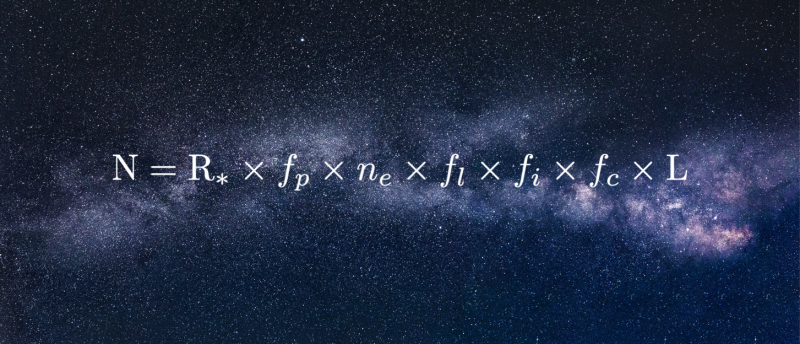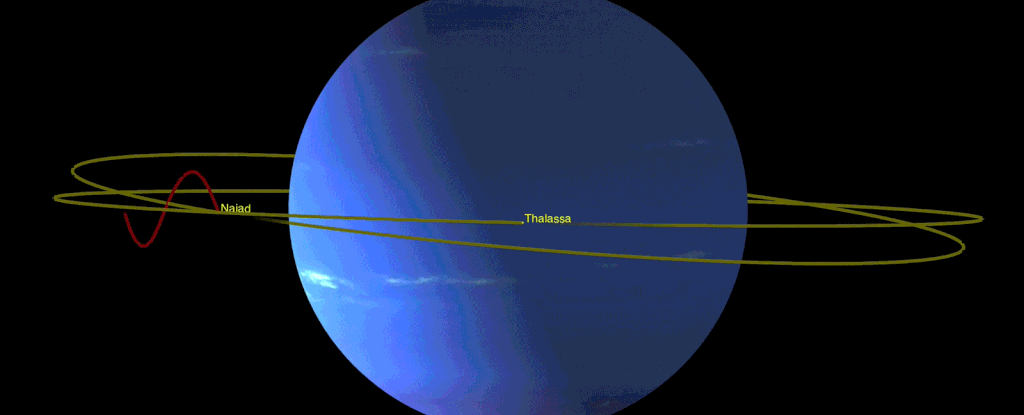
As we continue to venture out and research the possibility of life in outer space, an important consideration is the protection of Earth and other planets in our solar system and beyond, from biological contamination. In early July, NASA’s Office of Planetary Protection awarded the SETI Institute with the contract to support all phases of current and future missions to ensure compliance with planetary protection standards.
“As we return to the Moon, look for evidence of past or present life on Mars and continue our missions of exploration and discovery in the Solar System, Planetary Protection becomes an increasingly important component of mission planning and execution,” said Bill Diamond, President and CEO of the SETI Institute. “We are proud to be NASA’s partner for this mission-critical function, protecting Earth from backward contamination, and helping ensure that the life we may find on other worlds, didn’t come from our own.”
- SETI.org: NASA Awards SETI Institute Contract for Planetary Protection
- New York Post: NASA’s Earthling message to aliens: Please don’t ‘contaminate’ our planet
- IFLScience: SETI Wins Contract To Keep Solar System Safe From Earthly Contaminations
- Independent: Nasa asks alien-hunting institute to make sure extraterrestrials do not contaminate Earth
- Space Daily: NASA Awards SETI Institute Contract for Planetary Protection Support
- NASA.gov: NASA Awards SETI Institute Contract for Planetary Protection Support
- VICE: NASA: Alien Life is 'Highest Planetary Protection Priority' for Mars Missions
 Comet NEOWISE
Comet NEOWISEWhether through telescopes, binoculars or even with the naked eye, many are observing the July light show put on by C/2020 F3, otherwise known as Comet NEOWISE, named after the space telescope instrumental in finding it, the Wide-field Infrared Survey Explorer (WISE) telescope.
“Comets are like cats,” says Franck Marchis, an astronomer at the SETI Institute. “They are unpredictable.” If Comet NEOWISE’s outgassing exhausts its reserves of icy material, its bright tail could dissipate, effectively removing the object from view. On the other extreme, ongoing heating from the sun could cause the comet to disintegrate in a bright outburst, potentially resulting in a highly visible “great comet” of historic significance. This possibility would be “a spectacular event and a great show for the earthlings,” Marchis says. But “personally, I recommend walking up early and going to see it now, while we know it’s here.”
- SETI.org: Don’t Miss the Comet!
- The Seattle Times: ‘Spectacular,’ newly discovered comet should be visible from Seattle
- Apartment Therapy: Check Out the Comet NEOWISE This Month— It Won’t Be Back Again for 6,000 Years
- Scientific American: Comet NEOWISE Could Be Spectacular: Here’s How to See It
 How many ETs are in our galaxy? Ask the Alien Civilization Calculator
How many ETs are in our galaxy? Ask the Alien Civilization CalculatorTwo scientists at Omni Calculator have combined the Drake Equation, created by Frank Drake in 1961, and a new method called the Astrobiological Copernican Limits to create the Alien Civilization Calculator. They use this calculator to estimate the number of technologically advanced civilizations that could potentially exist in our galaxy.
- EarthSky: How many ETs are in our galaxy? Ask the Alien Civilization Calculator
- NBC News: Aliens are out there. But a new study suggests they're more rare than we think.
- SETI.org: How Many Alien Societies Are There?
 Neptune Moons Locked in 'Dance of Avoidance'
Neptune Moons Locked in 'Dance of Avoidance'In November 2019, NASA researchers identified a repeating pattern of orbit between two of Neptune’s inner moons, Naiad and Thalassa, known as the “dance of avoidance.” The unusual dance continues and has likely been there a very long time, according to Planetary Astronomer Mark Showalter of the SETI Institute.
"We are always excited to find these co-dependencies between moons," said planetary astronomer Mark Showalter, from the SETI Institute.
"Naiad and Thalassa have probably been locked together in this configuration for a very long time, because it makes their orbits more stable. They maintain the peace by never getting too close."
- Science Alert: Neptune's Moons Are Caught in One of The Strangest Orbits Ever Seen
- SETI.org: NASA Finds Neptune Moons Locked in 'Dance of Avoidance'
- NASA JPL: NASA Finds Neptune Moons Locked in 'Dance of Avoidance'
 Weekly Space Hangout
Weekly Space HangoutCheck out Weekly Space Hangout with astrophysicist Dr. Andrew Siemion, Director of the Berkeley SETI Research Center and the Bernard M. Oliver Chair for SETI at the SETI Institute.
- Universe Today: Weekly Space Hangout: July 1, 2020 — Dr. Andrew Siemion, Director of Berkeley SETI Research Center
Transmission surprises
Some dogs and cats have become sick with COVID. But it’s not just domestic critters that are vulnerable: zoo animals have fallen ill too. There’s more strange news about the pandemic, for example scientists who track the coronavirus in our sewage, and computer models that show that flushing the toilet can launch persistent, pathogenic plumes into the room. And scientists have warned the WHO that infectious virus remains airborne. Also, how a shortage of glass vials could delay the deployment of a vaccine.
Join guests Yvette Johnson-Walker, Rolf Halden and Bryan Bzdek as they discuss interesting pandemic phenomena in COVID Curiosities.
Uniquely human
Your cat is smart, but its ability to choreograph a ballet or write computer code isn’t great. A lot of animals are industrious and clever, but humans are the only animal that is uniquely ingenious and creative.
Neuroscientist David Eagleman and composer Anthony Brandt discuss how human creativity has reshaped the world. Find out what is going on in your brain when you write a novel, paint a watercolor, or build a whatchamacallit in your garage.
But is Homo sapiens’ claim on creativity destined to be short-lived? Why both Eagleman and Brandt are prepared to step aside when artificial intelligence can do their jobs.
Tune in here to this repeat edition of Creative Brains, originally aired February 5, 2018.
For more information and the archive of past shows, visit the Big Picture Science website.
Recent SETI Live episodes include:
Frontier Development Lab Knowledge Discovery Framework - NASA has an exceptionally large archive of Earth Science data. How can machine learning and artificial intelligence unlock new insights and enable new types of scientific research? A prototype of a Knowledge Discovery Framework (KDF) enables users to sift through data and identify patterns. This Frontier Development Lab team is developing tools that allow users to provide an example image so AI can find similar images in the data, addressing a gap in current search tools. An AI-driven KDF will have applications for disaster response, monitoring climate change and more. Team members are: Francesco Civilini (NASA postdoctoral fellow at Marshall Space Flight Center), Megan Seeley (PhD student at Arizona State University), Nishan Srishankar (Worcester Polytech Institute), and Satyarth Praveen (University of Maryland, College Park).
Frontier Development Lab Starspots Team - Starspots are cooler, darker areas on the surface of a star that form when regions of the star’s magnetic field block the flow of heat and energy to the stellar surface. Understanding the surface features of stars could provide insights about stellar magnetism and its impact on exoplanet habitability. This FDL team will be using applied AI and machine learning tools and processes to Kepler and TESS data to identify and define the properties of starspots, stellar rotation, and stellar magnetism in tens of thousands of stars, and increase our understanding of our own Sun as a star. Join us for a conversation with team members Daniel Giles (Illinois Institute of Technology and Adler Planetarium), J. Emmanuel Johnson (University of Valencia, Spain), Lisseth Gavilan-Main (NASA Ames Research Center) and Stela Ishitani Silva (Catholic University of American and NASA Goddard Space Flight Center) for a discussion about the starspots challenge they are tackling and what they are learning.
As always, videos of all past Facebook Live events can be found on our Facebook page: https://www.facebook.com/SETIInstitute/
Or on our YouTube channel: https://www.youtube.com/SETIInstitute





